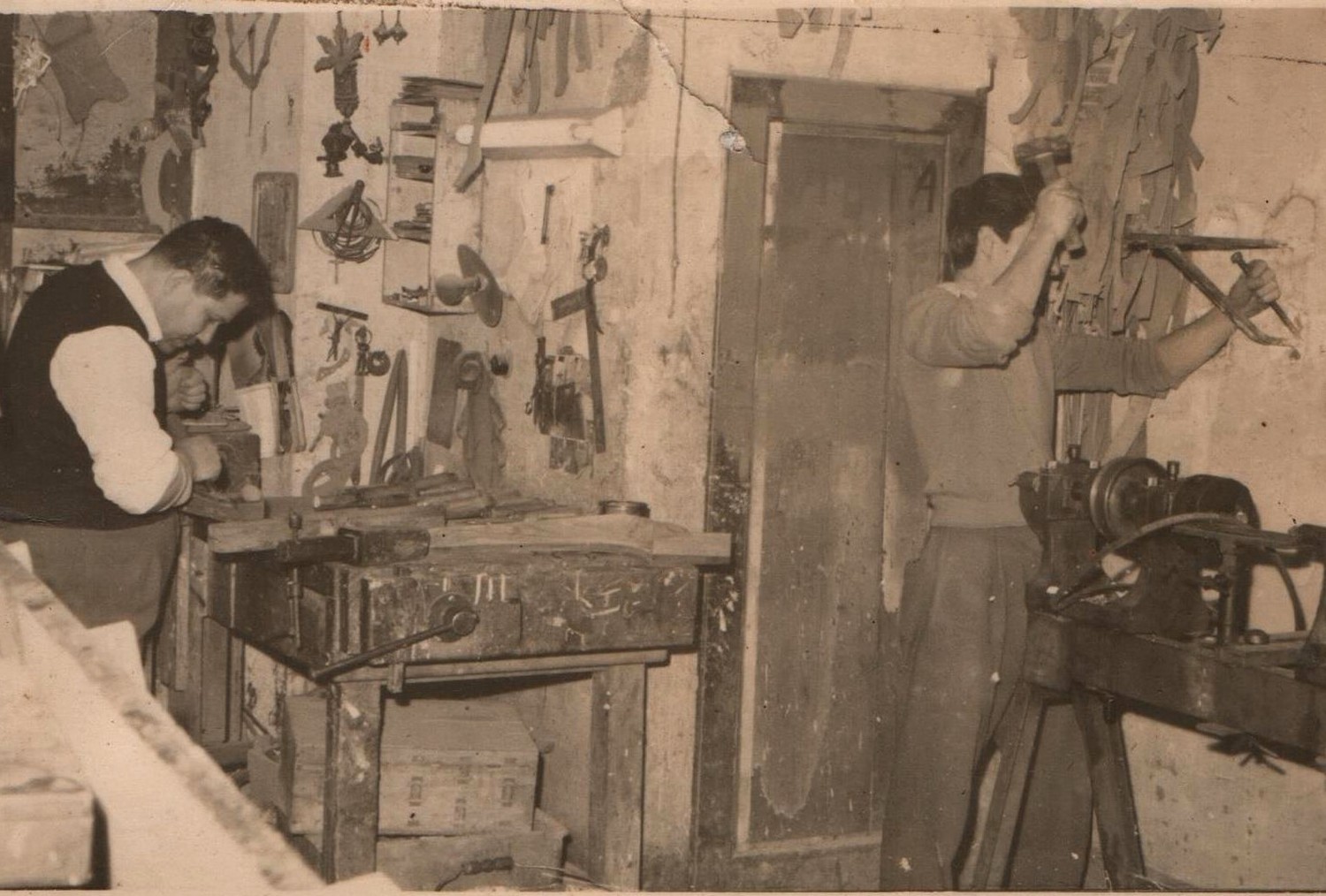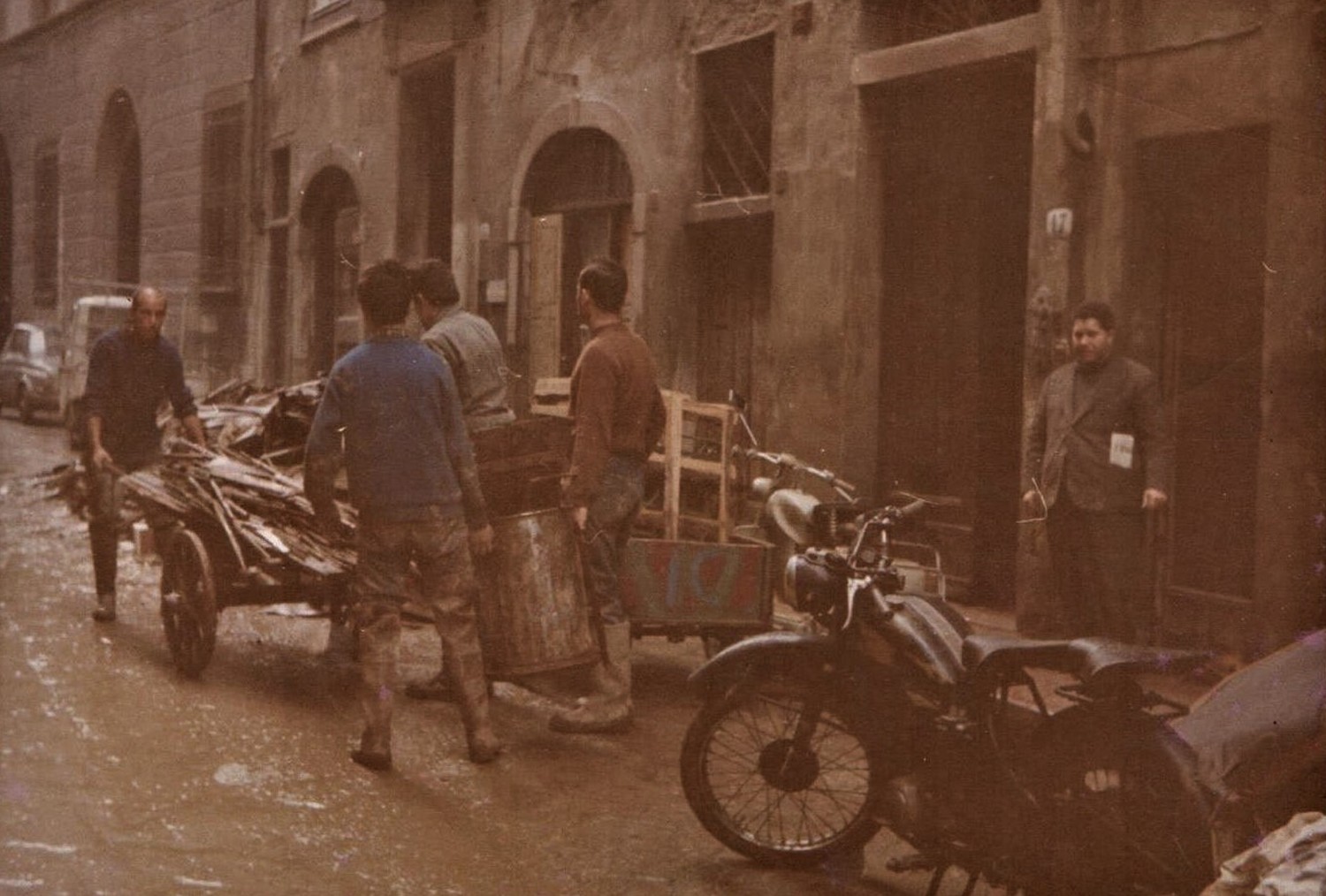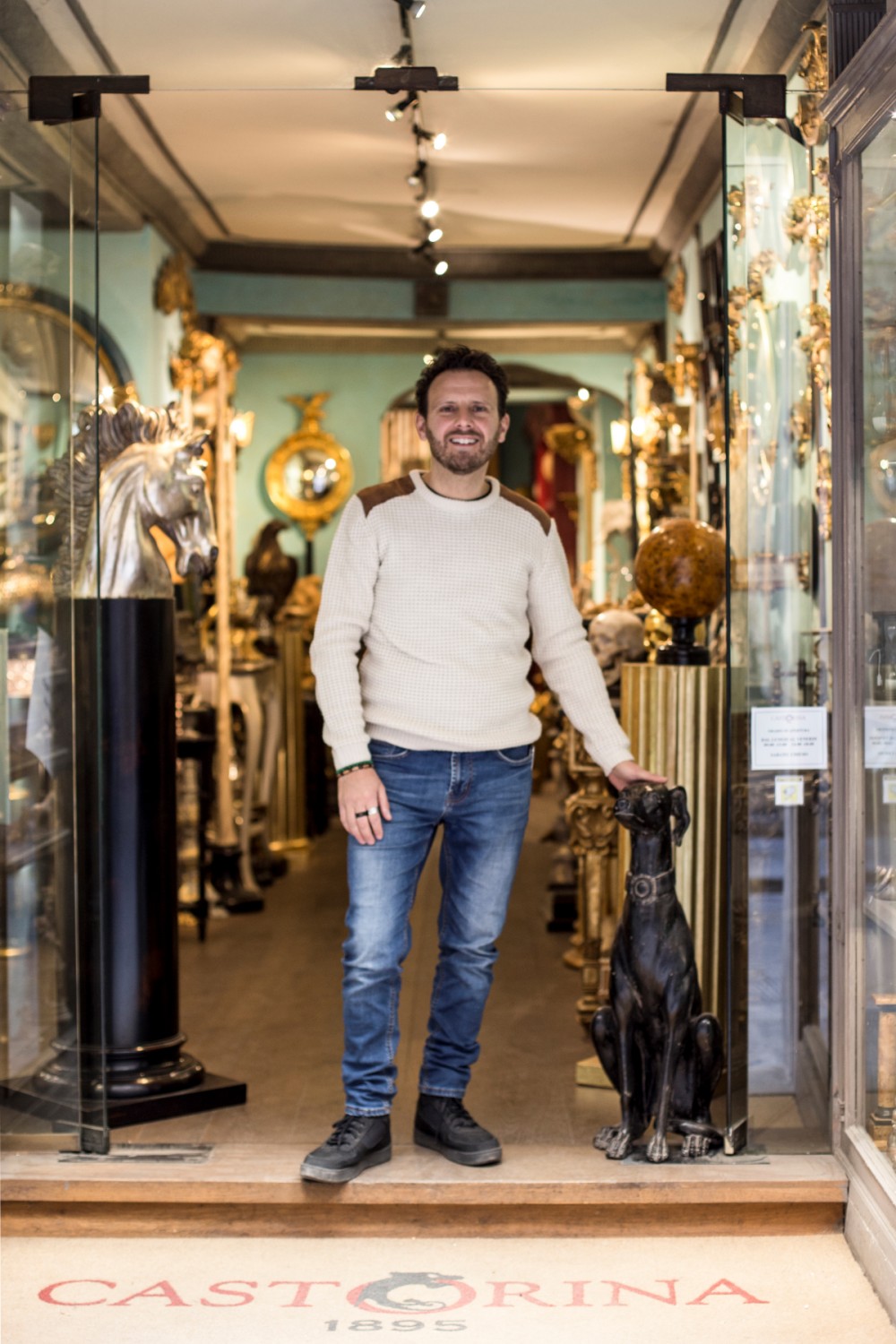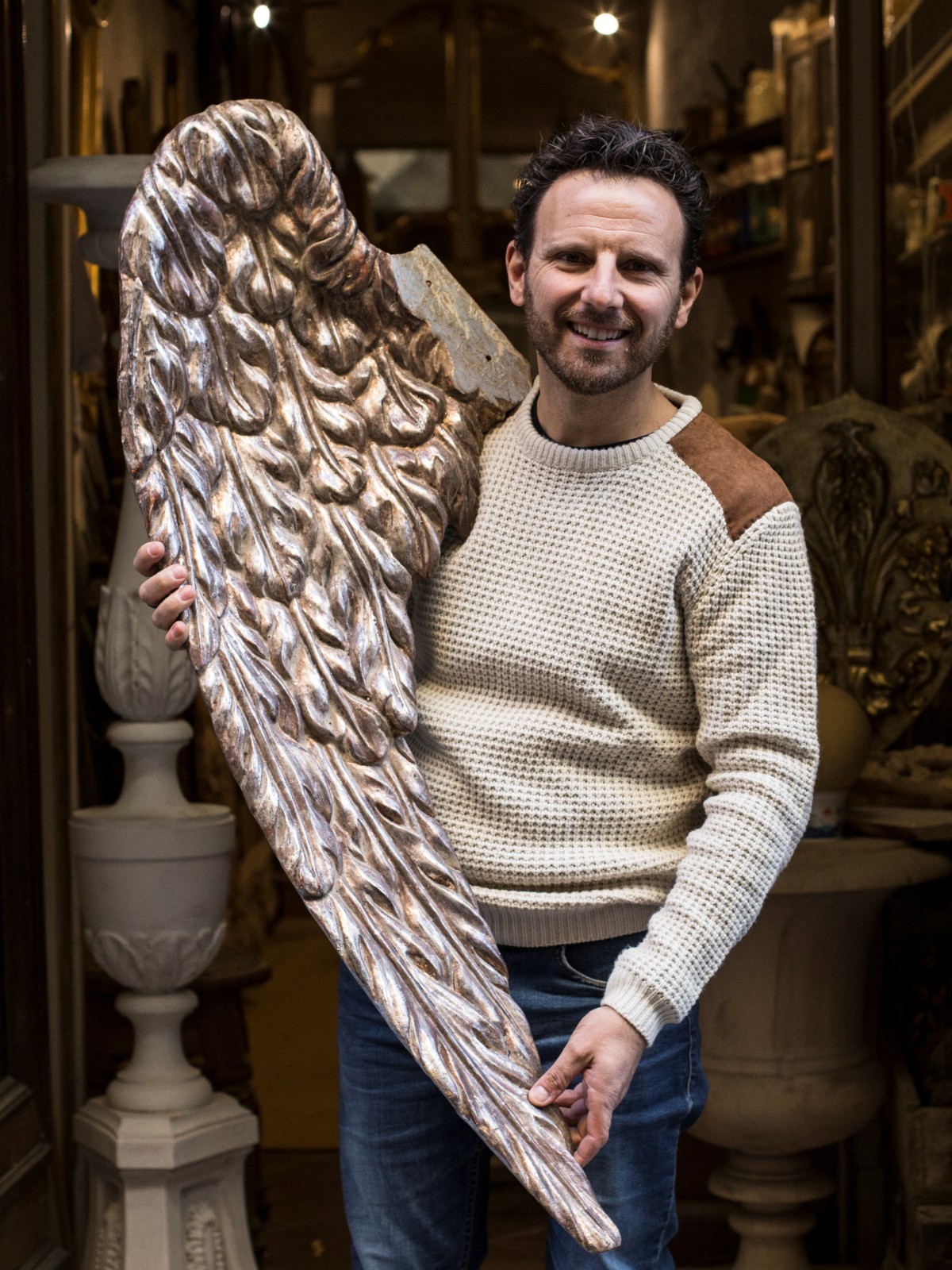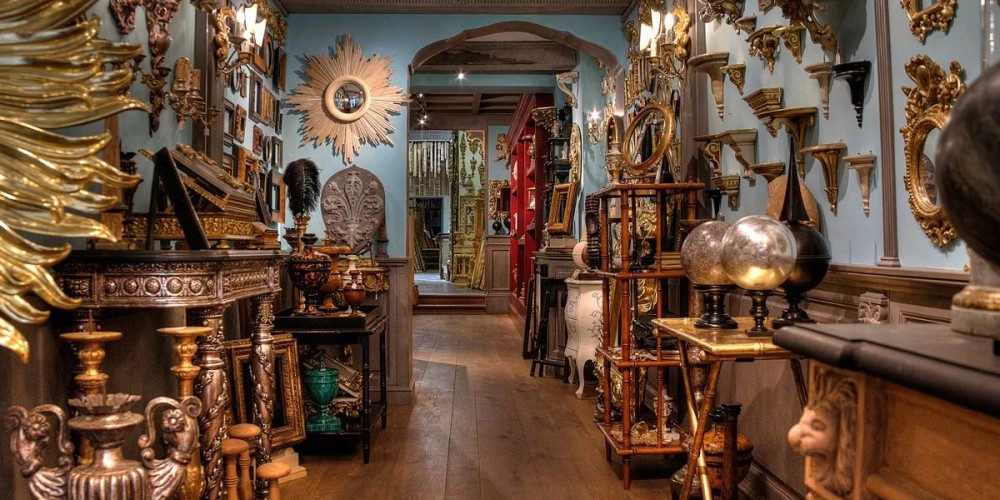The fourth-generation Castorina
“The best things are achieved only with the utmost passion.”
Johann Wolfgang Goethe
I am the fourth generation of Castorina wood craftsmen and I am aware of the history that preceded me and of our being producers of beauty, holders of ancient art and knowledge to which we owe respect and esteem that are never sufficiently valued.
I started working in the shop at 16, and immediately with practice, that in the shop “always is the best theory“. My first tasks were those that always rely on apprentices: sanding frames and furniture, a practice that leaves your hands aching and your clothes and hair full of dust. A practice that one hates immediately, instinctively. After a while, however, I understood that even sanding has a method and that – if you follow it – it won’t tire you any more, it won’t hurt anymore. So I looked for a new object, one I had never worked on. And over time I realized that the variety of jobs and tricks to treasure are innumerable. “Steal with your eyes” my father used to tell me and I happily stored everything on that imaginary shelf that is halfway between the brain and the heart.
Seeing an object born from a piece of wood and made by my hands for the first time, bringing it to its complete realization, and choosing the appropriate finish, was a moment that I will never forget: at that moment I felt fulfilled. And it is a feeling that repeats with each new creation. I am a lucky person because I have had the opportunity to do a job that I am passionate about.
My grandfather used to say: “There is something magical that binds me to the workbench, something more than a simple daily commitment“. And it is true. The scent of wood, the sound of the tools, the reflections of gold and silver leaf, the colors of natural pigments, the relationship that is established with the creations and with people: everything contributes to the magic. A bond for “the business” and for the atelier that becomes a reason for living: a job that is done for passion, rather than for money, because it provides for an inner reward greater than the material one. For me, the atelier is a precious place, a place to respect: a place where to create and learn. Ours is a family environment, where the relationship between people is fundamental because tranquility and joy in doing things are the basis for a good day at work.
Today, after almost thirty years spent as a woodcarver, I can certainly say that what makes an object unique is attention to detail. The greatest satisfaction is when a customer comes to collect the ordered object and I can see in his eyes that it is even more beautiful than he had imagined. The same satisfaction that my father, my grandfather, and my great grandfather before me, felt.
I am proud of this tradition and proud to be able to say that today, in Florence, in the beautiful Via Santo Spirito there is still a place made up of craftsmen who work wood with passion, with the desire to create something new and unique every day, inspired by the criteria of artistic beauty handed down by the masters of the past. A place that bears my surname.






